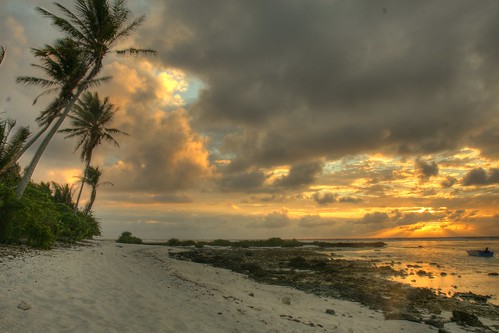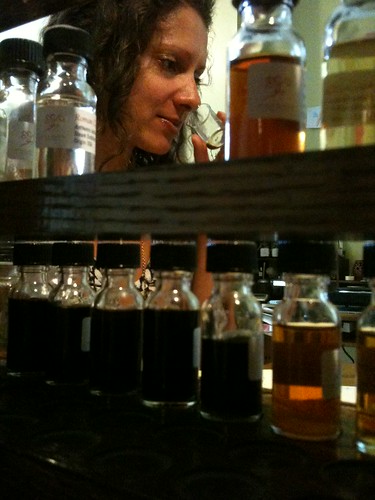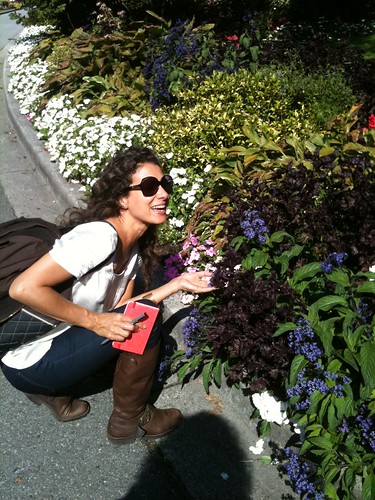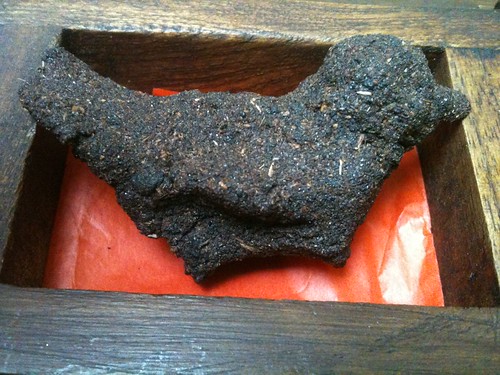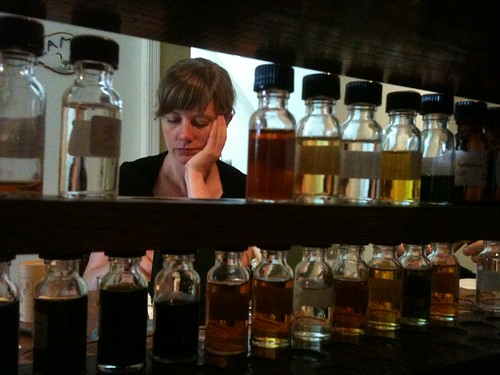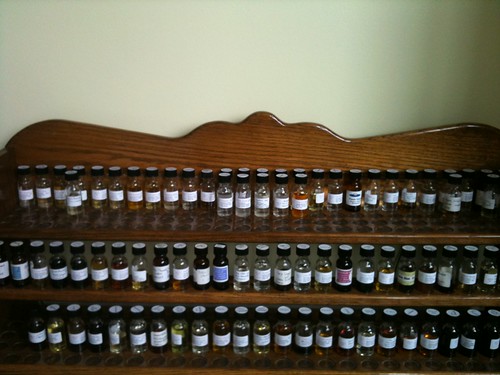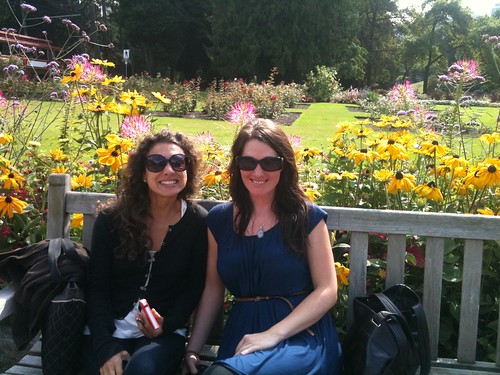Chypre Time of Reflection
The days are getting shorter and suddenly the notion of dressing up and having friends over for a cup of tea (not iced!) does not seem awkward anymore.
This time of the year I am drawn to Chypres time and time again - especially the Chypre Fruity, such as Mitsouko, Femme, and also other classics like Sous le Vent (which I was wearing two days straight now). I'm feeling sad that there has been much less interest in this fragrance family. I wish the rants about discontinued members of this family were backed up by purchasing habits to support its continuous existence. I'm definitely not seeing very much sold of some of my perfumes that I'm most proud of. And I'm sorry to say, unless this changes drastically in this season, I will have to say goodby to these perfumes and cease from producing them.
Why am I telling you all this? Because I believe customers need to know when a product they love (or say they love) is getting pulled off the market. It's always been my mandate to never truly discontinue a fragrance (I can always make things on-order, unless an ingredient is nowhere to be found).
Also, customers need to know that complaining about what companies do and don't do for them is sometimes beyond the point. Those who are loyal and actually do purchase the product - I feel for you (and you know that just like you I will be scouring eBay for beloved long-gone or reformulated perfumes). But just complaining about a company's actions is not always fair. I'm all for criticizing the big boys' preference for the bottom line (aka profit), and it often seems that they would go as far as completely bastardizing their formulae to achieve that goal.
In my case (as I sure is also the case with many other niche brands that are struggling to remain visible in the vast ocean of 1000 new releases per year with budget far larger than theirs): not only am I not really profiting from this, I'm actually losing money for keeping these perfumes in rotation: It is seriously getting to the point when even keeping all the specialty ingredients that are required to keep this on hand is simply not realistic in the current economic climate when people are taking second jobs (if they manage to keep their first one) and companies are cutting costs everywhere possible. I don't want cost-cutting to affect the quality of my products, EVER. But I cannot go on subsidizing people's olfactory curiousity at the expense of my (non-existent) pension plan and my daugther's (non-existent) college funds.
Sample sales are just not enough to justify keeping a perfume on the shelf. I don't even make profit off selling samples: they just barely pay for the cost of producing and shipping them. It's harsh, but that's life - there isn't an unlimited space in my tiny studio, and rent ain't cheap! Each fragrance takes up space and needs to be kept in stock to be offered on the website or anywhere really. And if there isn't enough interest (backed-up by actually putting money towards where the declarations of love are directed), then I need to act very business like and discontinue them.
The perfumes in question are Autumn, Megumi and Schizm. Three perfumes I've always been very proud of. However, I can't even remember when someone bought a full bottle of any of these (and I usually remember those kinds of details - including who purchased it within this year) - and these used to be constantly sought out by Chypre loving perfumistas and my regular customers... I know there is nothing "wrong" with these perfumes per se - although of course I can always make them more "intense" and more "dramatic" and more "noir" and flanker them to death and relaunch it (if I had a million dollar budget), but I thought long and hard and I think I will just have to let them go - unless I'm seeing some orders coming for full bottles of these beauties by the end of 2012. Which means that you will only have the options of the fresher, greener Chypres - Ayalitta (thankfully among my best-sellers), ArbitRary (dito) and Rainforest.


